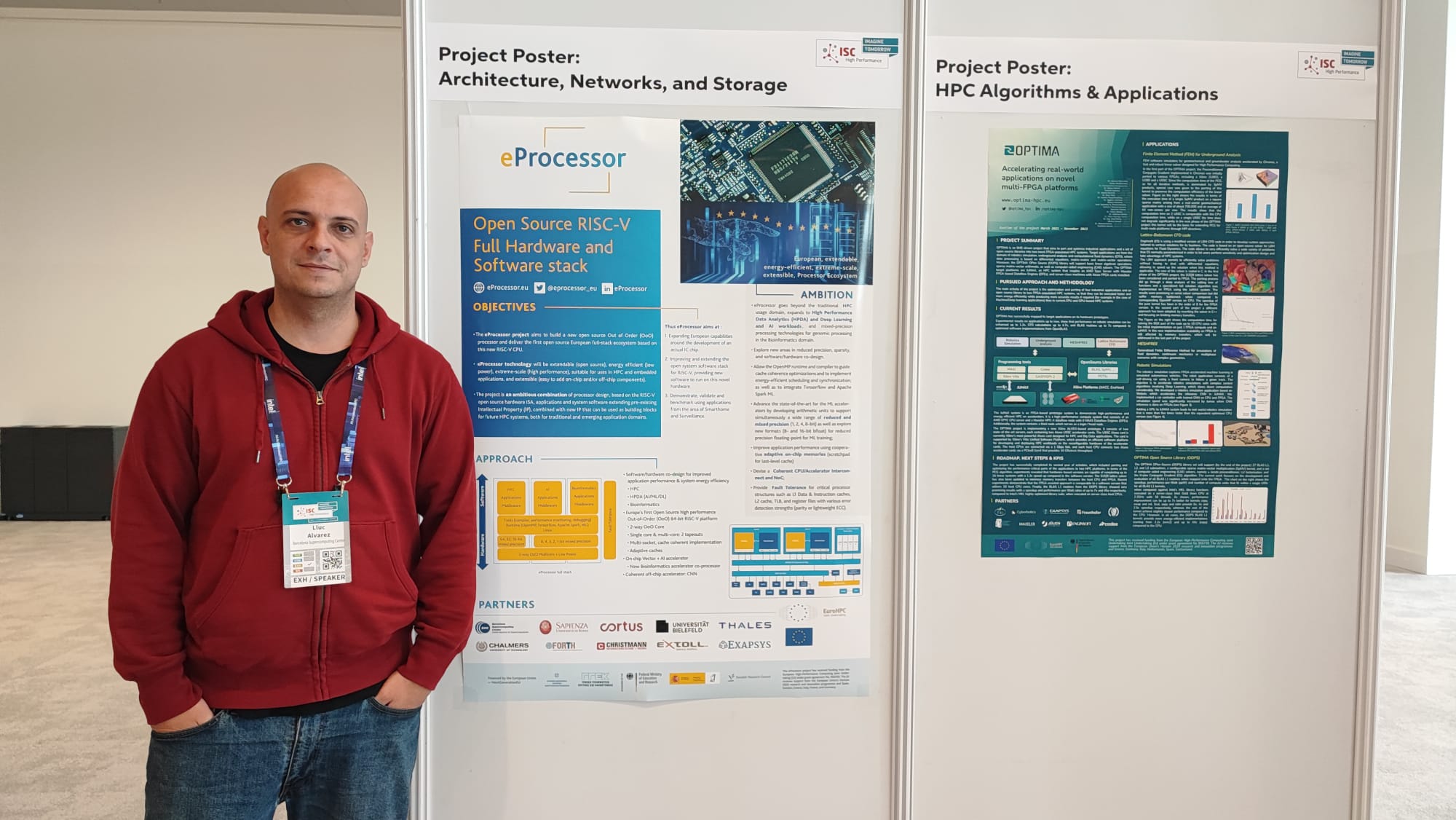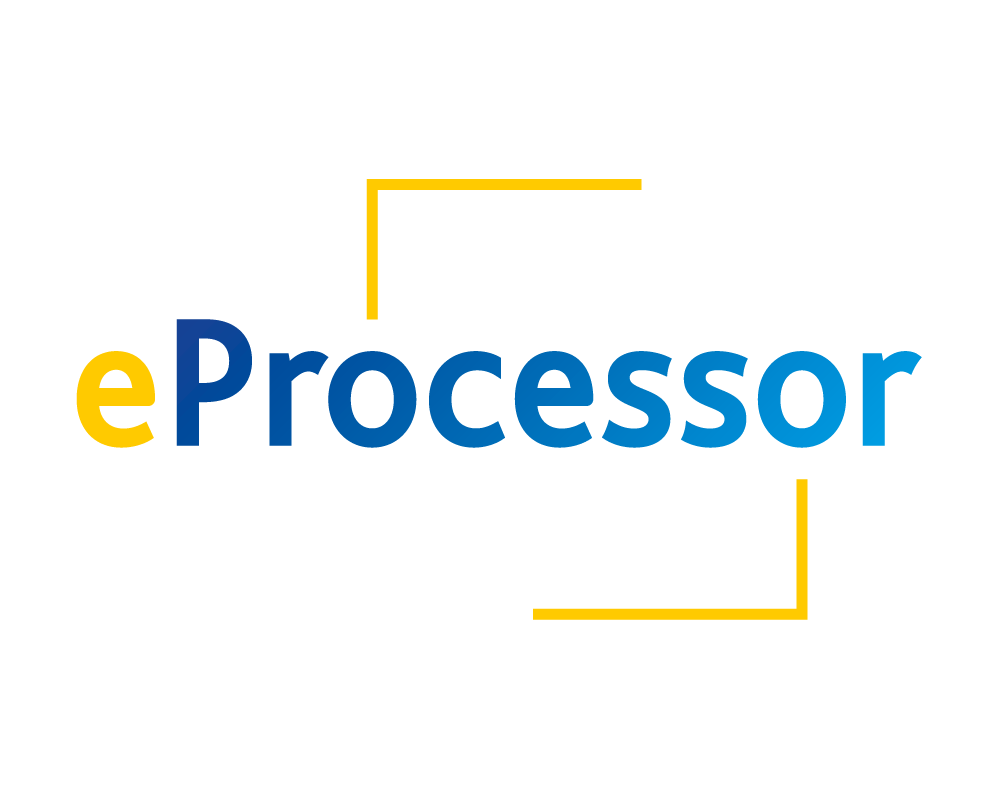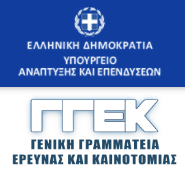
eProcessor



eProcessor is part of RISC-V summit Europe 2023
June 6, 2023


eProcessor is part of ISC 2023
May 23, 2023

eProcessor in MIT Global Startup Workshop (MIT GSW)
March 30, 2023

eProcessor at Embedded World 2023
March 5, 2023

eProcessor is in HiPEAC 2023
January 4, 2023








